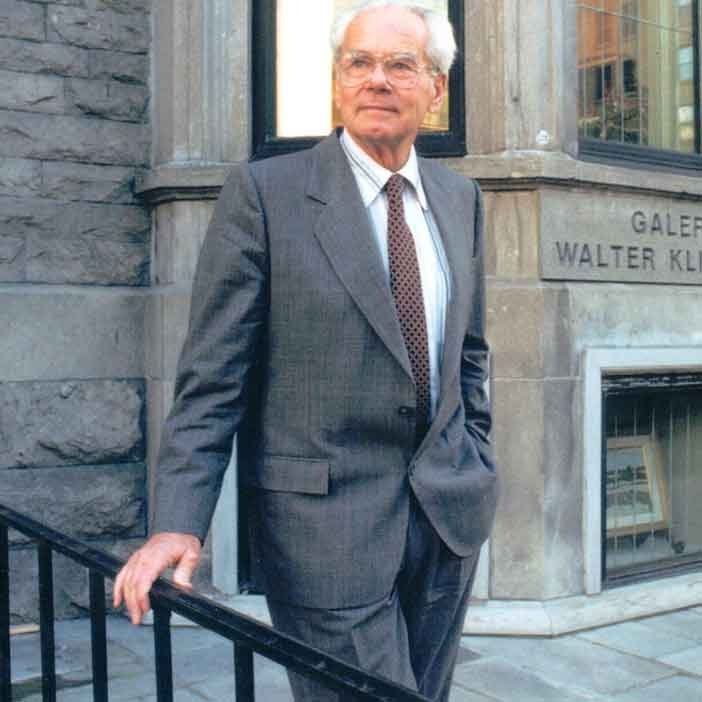Walter Klinkhoff on Arthur Lismer's work
One of the greatest pleasures of my career as an art dealer is the opportunity to meet people of the quality of Arthur Lismer. I first met Dr. Lismer in 1950, when much of his career lay behind him. Although our relationship remained professional (Lismer kept his private life very private indeed), we met often. Dr. Lismer’s office at the Montreal Museum of Fine Arts was only a short walk from my gallery. I found him delightful – kind and generous, with a warm and spontaneous sense of humour. Lismer’s work had always attracted me, and a personal acquaintance with him deepened my understanding and appreciation of his work.
There is a prevalent critical tendency to regard the early work of many artists as their best. This attitude persists in spite of the fact that history is full of artists who reached their creative peak late in life. (Titian, for example, painted great masterpieces in his late eighties!) Those who identify Lismer solely as a member of the Group of Seven tend to view his later work, which departs from the popular and easily recognizable “Group” style, as evidence of deterioration rather than a positive artistic development.
For many years Lismer painted Group of Seven subjects – islands, hills, lakes and forests, usually viewed from a distance – rendered in his own distinctive style. By the time the Group disbanded he had tired of these and turned to new images and themes. While continuing to draw his inspiration from nature, Lismer moved closer to his subjects. Painting from this new, more intimate perspective made a significant stylistic difference: his work now had a definite abstract quality to it without actually being generically abstract. It is this aspect of his later work which has been misunderstood and unjustly maligned. To change one’s style and outlook late in life is an act of personal courage and imagination: the later work of Arthur Lismer deserves re-appraisal.
Always joking, invariably kind and courteous, Lismer never said anything critical about another human being, especially another artist. One of those people who always do more for you than you can do for them, his generosity was constantly in evidence. Parents of his students would often find a work of Lismer’s that they had admired handed to them casually as a gift. They would bring it to my gallery, pleased but somewhat unaware of the value of the gift and the generosity of the giver.
It is perhaps unnecessary to assert Lismer’s importance in the history of Canadian art. As a founding member of the Group of Seven and as the creator of paintings that constitute a significant and lasting contribution to our culture, his status is secure. In his long career as a teacher, he inspired two generations of students, leaving a lasting impression on all who were fortunate enough to come in contact with him. Arthur Lismer’s name is held in the highest regard and his reputation, deservedly as great as that of any other Canadian artist, will continue to grow.
Source: ''Introduction by Walter Klinkhoff'', Bright Land. A Warm Look at Arthur Lismer, written by Louis Darroch, (1981), Toronto / Vancouver: Merritt Publishing Company Limited.




